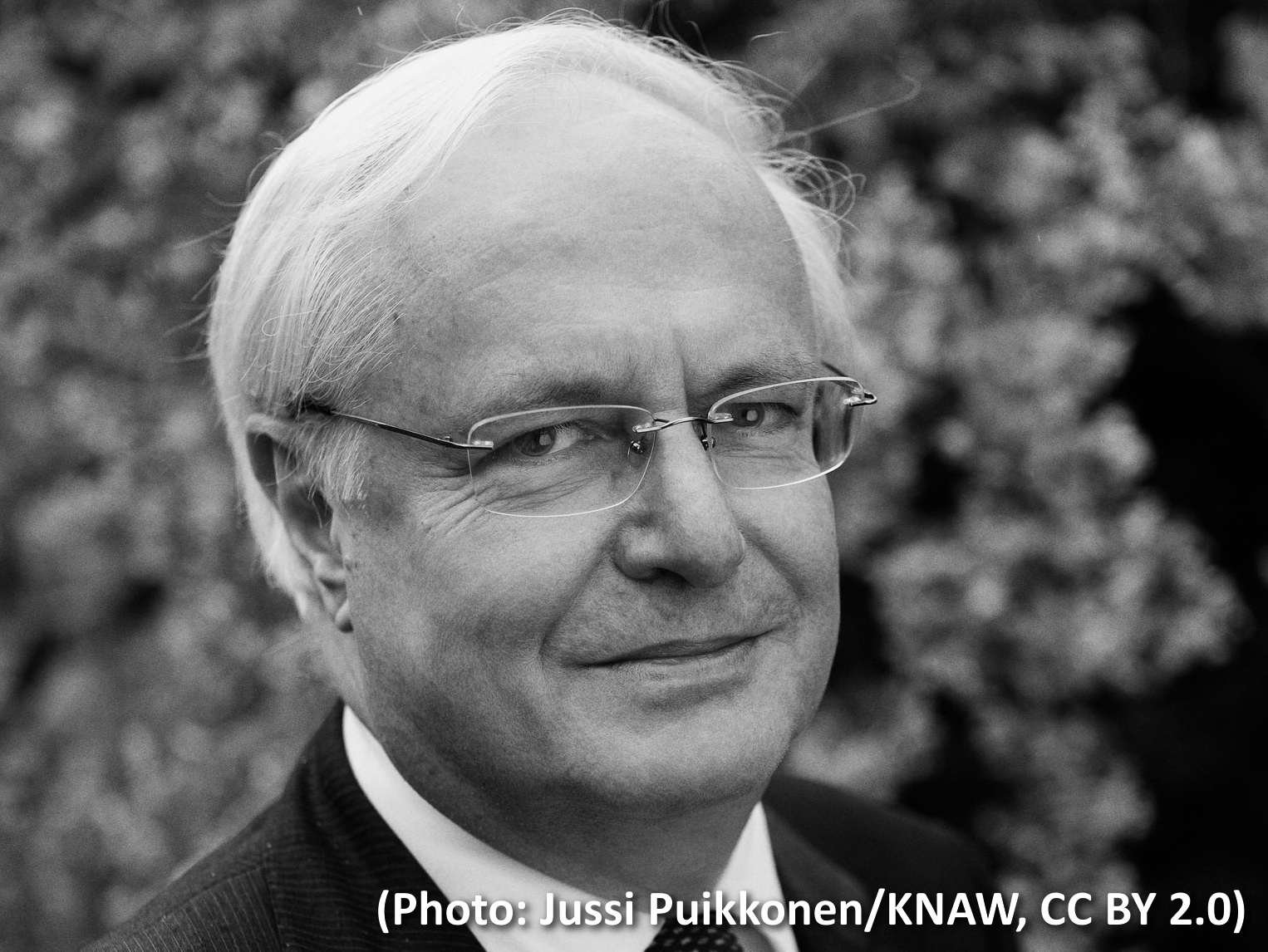Sir Christopher Martin Dobson, University of Cambridge, UK, passed away on September 8, 2019. Dobson was well-known for his work on protein misfolding and aggregation into amyloid structures. These processes are important for the understanding of Alzheimer’s and Parkinson’s disease, among other illnesses. He also was a co-founder and Director of the Cambridge Centre for Misfolding Diseases.
Christopher Martin Dobson was born on October 8, 1949. He studied chemistry at the University of Oxford, UK, where he received his doctoral degree in 1976. From 1977 to 1980, he served as Assistant Professor of Chemistry at Harvard University and Visiting Scientist at the Massachusetts Institute of Technology (MIT), both Cambridge, MA, USA. Dobson then returned to the University of Oxford as University Lecturer in Chemistry. He was promoted to Reader (Aldrichian Praelector) in Chemistry in 1995 and to Professor of Chemistry in 1996. From 1998 to 2001, he was Director of the Oxford Centre for Molecular Sciences. Starting in 2001, Dobson had served as John Humphrey Plummer Professor of Chemical and Structural Biology at the University of Cambridge. He also had been Master of St John’s College there from 2007 on. Since 2012, he had been Director of the Cambridge Centre for Misfolding Diseases.
Among many other honors, Dobson was knighted in the 2018 Queen’s Birthday Honours for his contributions to science and higher education. He also received the Royal Medal from the Royal Society in 2009, the Khorana Award from the Royal Society of Chemistry (RSC) in 2010, the Heineken Prize for Biophysics and Biochemistry from the Royal Netherlands Academy in 2014, and several honorary doctorates. He was a Fellow of the Royal Society.
Selected Publications
- The amyloid state and its association with protein misfolding diseases,
Tuomas P. J. Knowles, Michele Vendruscolo, Christopher M. Dobson,
Nat. Rev. Mol. Cell Biol. 2014, 15, 384–396.
https://doi.org/10.1038/nrm3810 - A Label-Free, Quantitative Assay of Amyloid Fibril Growth Based on Intrinsic Fluorescence,
Dorothea Pinotsi, Alexander K. Buell, Christopher M. Dobson, Gabriele S. Kaminski Schierle, Clemens F. Kaminski,
ChemBioChem 2013, 14, 846–850.
https://doi.org/10.1002/cbic.201300103 - Proliferation of amyloid-β42 aggregates occurs through a secondary nucleation mechanism,
S. I. A. Cohen, S. Linse, L. M. Luheshi, E. Hellstrand, D. A. White, L. Rajah, D. E. Otzen, M. Vendruscolo, C. M. Dobson, T. P. J. Knowles,
Proc. Natl. Acad. Sci. USA 2013, 110, 9758–9763.
https://doi.org/10.1073/pnas.1218402110 - An Analytical Solution to the Kinetics of Breakable Filament Assembly,
T. P. J. Knowles, C. A. Waudby, G. L. Devlin, S. I. A. Cohen, A. Aguzzi, M. Vendruscolo, E. M. Terentjev, M. E. Welland, C. M. Dobson,
Science 2009, 326, 1533–1537.
https://doi.org/10.1126/science.1178250 - Amyloid formation by globular proteins under native conditions,
Fabrizio Chiti, Christopher M Dobson,
Nat. Chem. Biol. 2008, 5, 15–22.
https://doi.org/10.1038/nchembio.131 - Role of Intermolecular Forces in Defining Material Properties of Protein Nanofibrils,
T. P. Knowles, A. W. Fitzpatrick, S. Meehan, H. R. Mott, M. Vendruscolo, C. M. Dobson, M. E. Welland,
Science 2007, 318, 1900–1903.
https://doi.org/10.1126/science.1150057 - Protein Misfolding, Functional Amyloid, and Human Disease,
Fabrizio Chiti, Christopher M. Dobson,
Annu. Rev. Biochem. 2006, 75, 333–366.
https://doi.org/10.1146/annurev.biochem.75.101304.123901




